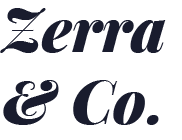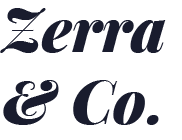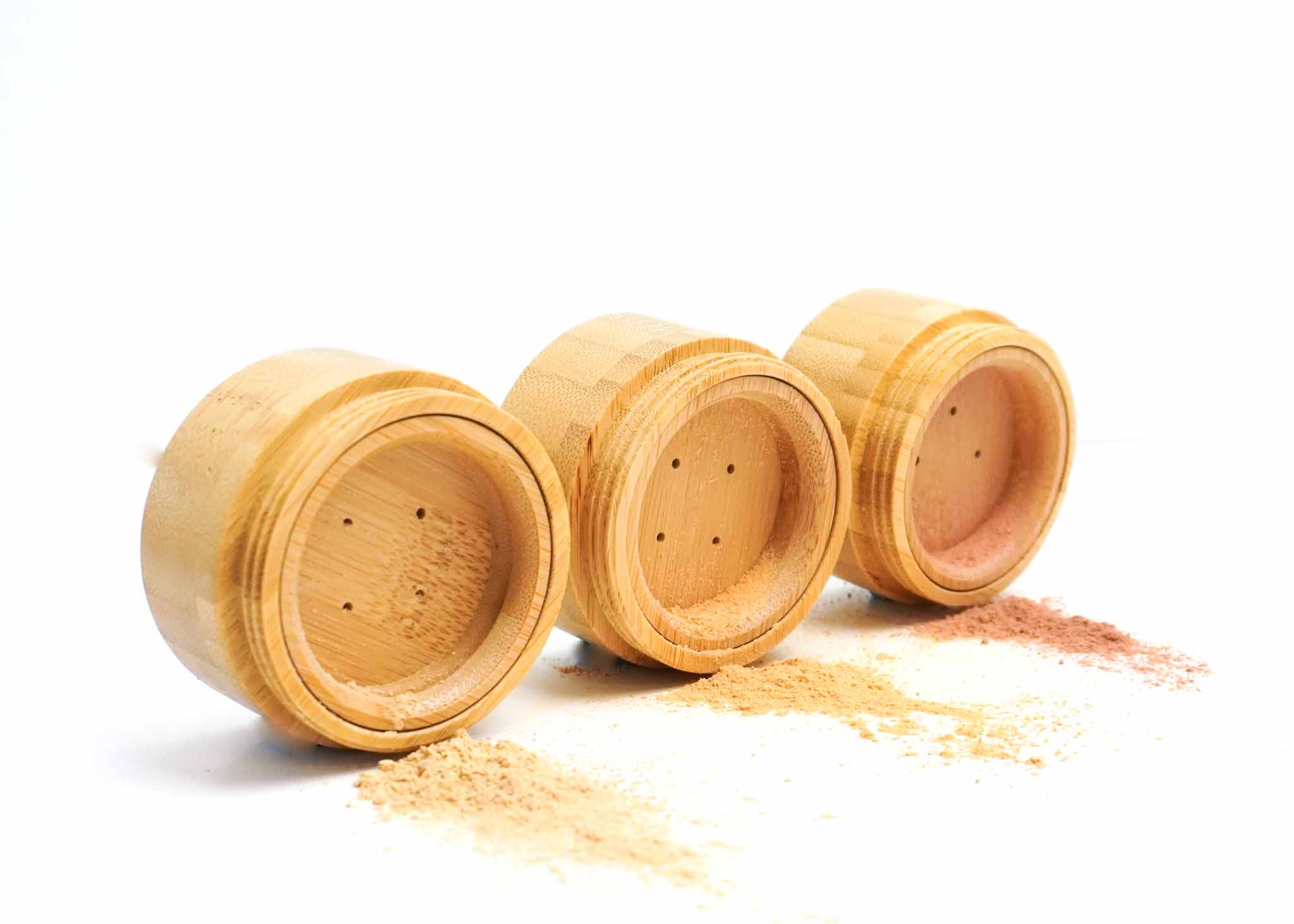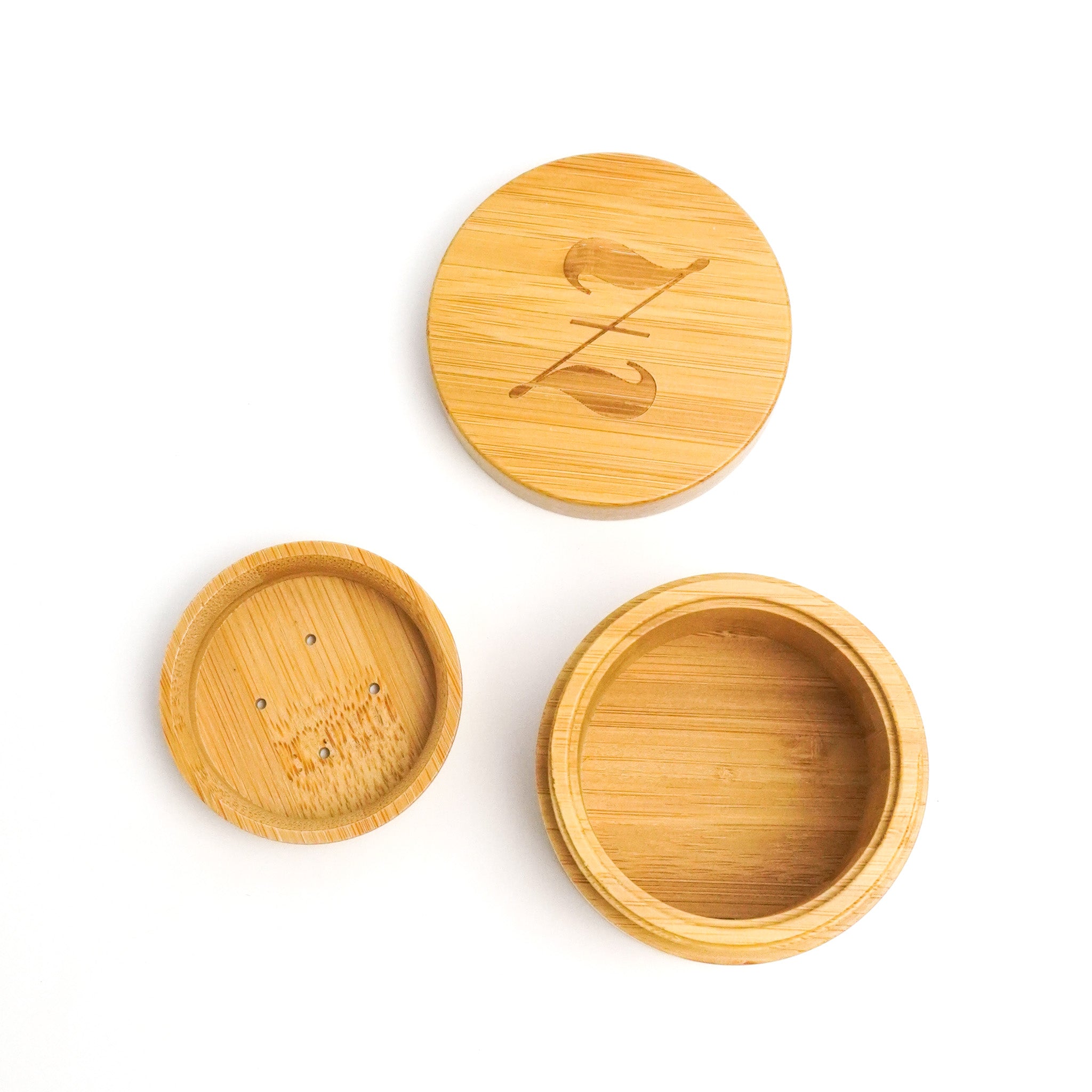
There’s no way around it - palm oil is a hot topic when it comes to sustainability. And an important one to keep in the conversation between companies and consumers!
There is certainly a lot of noise around palm oil in the food industry, but what about in your beauty products? Many people aren’t even aware that palm oil is often found in their cosmetics, simply because brands aren’t really talking about it.
Is there palm oil in your beauty products, and if so, does that make them less sustainable?
While you might have heard an increase in demands that everyone simply boycott the use of palm oil entirely in order to live more sustainably, the fact of the matter is there is much more nuance to the topic of palm oil.
Of course, we want everyone to make the sustainability choices that make the most sense to them! But we also know that part of making those choices is getting all the facts and weighing them against the alternatives in order to make a choice that leads to progress over perfection.
With that said, let’s get into the ins and outs of palm oil - what it is, why it’s used in cosmetics, and the environmental impact and issues surrounding it.
What is Palm Oil?
Palm oil is a vegetable oil that comes from fruiting oil palm trees. Two different oils are produced from these fruits: crude palm oil which comes from the fleshy part of the fruit and is used mostly for food products, and palm kernel oil which comes from the kernel of the fruit and is often used in cosmetics, soaps, and detergents.
There are 44 countries producing palm oil, but Indonesia and Malaysia make up 85% of the global supply.
It’s also used in more foods and products than you might think; palm oil can be found in nearly half of the packaged products - including packaged foods and beauty products like soap and deodorant - you’d find at a typical grocery store in the United States.
How is Palm Oil Used in the Cosmetics Industry?
If you go through all your bath products, makeup, and soaps, you might just be surprised by how many of those products contain palm oil and its derivatives. In fact, around 70% of cosmetics and household detergents contain palm oil and palm oil derivatives!
That being said, consumer products such as cosmetics, candles and detergents only make up 24% of the total consumption in the US, while over 70% of palm oil is used in food products.
Other Names for Palm Oil, and Palm Oil Derivatives
As they say, palm oil by any other name is still palm oil (that’s what the kids are saying these days, right?). Curious what palm oil and its derivatives might be labeled under? Here’s a list of some common ones:
Palm Kernel, Palm Kernel Oil, Palm Fruit Oil, Palmate, Palmitate, Palm olein, Glyceryl, Stearate, Stearic Acid, Elaeis Guineensis, Palmitic Acid, Palm Stearine, Palmitoyl Oxostearamide, Palmitoyl Tetrapeptide-3, Sodium Laureth Sulfate, Sodium Lauryl Sulfate, Sodium Kernelate, Sodium Palm Kernelate, Sodium Lauryl Lactylate/Sulphate, Hydrated Palm Glycerides, Etyl Palmitate, Octyl Palmitate, Palmityl Alcohol, Laureth-7, Steareth-2, Cocamide MEA (fatty acid-derived) Cocamiede DEA (fatty acid derived), Stearamidopropyldimethylamine, Cetyltrimethylammonium chloride, Isopropylmyristate, Caprylic/capric Trigylceride, Fatty Isethionates (SCI), Alkylpolyglycoside (APG), Laurylamine oxide.
That might seem like a lot, but if you want an even deeper dive, check out this list of 200 other names for palm oil derivatives created by the Orangutan Alliance.
Some names commonly used specifically in cosmetics are Elaeis Guineensis, Ethylhexyl Stearate, Caprylic Triglyercide, Ethyl Palmitate, Glyceryl Stearate, Hydrogenated Palm Glycerides, Palmitate (and any variation of Palmitate), Sodium Lauryl/Laureth Sulfate, and Stearic Aid.
That being said, these ingredients aren’t always derived from palm oil - they can also be derived from other oils. Regardless, they fall under the same labels, making it difficult to understand the sources unless the brand is fully transparent about their ingredients.
Why is Palm Oil Used in Cosmetics?
Palm oil and derivatives of it have some unique, natural cosmetic properties that actually make it great for beauty products.
A few common cosmetic properties of palm oil and its derivatives:
- Moisturizing
- Softening
- Texturizing
- Foaming
It’s also used to create the building blocks needed to create synthetic compounds which are then included in many of our cosmetics. MPOC (Malaysian Palm Oil Council) explains this:
“For instance, the basic ingredients for lipstick are wax, oil, alcohol and pigments (colorants). It may also contain glycerin, glyceryl stearate, caprylic/ capric triglyceride, isopropyl myristate, octyldodecyl myristate and cetyl alcohol derived from palm oil. These compounds hold colour well, do not melt at high heat and have a smooth application plus being odourless and having moisturizing properties.”
What Kinds of Cosmetics use Palm Oil and Derivatives?
You can find palm oil derivatives in countless beauty products. Here’s a list of some common ones:
- Shampoo and conditioner
- Sunscreen
- Makeup products: mascara, eyeliner, lipstick, foundation, pressed eyeshadows, etc.
- Toothpaste
- Face wash
- Shower gel
- Face cream
- Body Lotions
- Deodorant
And the list goes on - there are many, many, more beauty products containing palm oil and derivatives.
The Environmental Impact of Palm Oil
The main concerns around the overuse of palm oil are deforestation, the loss of biodiversity that comes from that, land grabbing, and exploitation of workers including child labor.
In all truth, the business of palm oil is a lucrative one. And as with many lucrative businesses, many people pursuing the benefits of it tend to put profit over any concerns for the planet or those of us living on it.
According to Gro Intelligence, “Indonesia has already seen close to 20 percent of its total forest area disappear between 2003 and 2013, due, in large part, to its expansion of palm oil production.”
Because of illegal and/or irresponsible palm plantations, habitats for endangered species like the Orangutan, pygmy elephant and Sumatran rhino are destroyed, leaving nowhere for these animals to live and thrive.
All of that being said, it’s important to note that palm oil alone is not “bad.” Let’s get a little deeper into the nuances of using palm oil.
Should We Boycott Palm Oil to be more Sustainable?
Understandably, the simplest answer to solving the issues around palm oil seems like it would be to stop using it altogether. However, the solutions (unfortunately) aren’t that simple at all.
The demand for oil products in our foods and cosmetics isn’t going to go away any time soon, so if we simply stop using palm oil, we are going to have to replace it with something else.
This is why it's important to note the fact that palm oil has a high yield per unit area. It produces on average 7x the amount of oil per acre as compared to other crops (such as rapeseed, sunflower and soybean). That means that to replace palm oil entirely, we will need approximately 7 times the acreage of other crops which would lead to even more deforestation.
“Globally, palm oil supplies 40% of the world’s vegetable oil demand on just under 6% of the land used to produce all vegetable oils.”
- 8 Things to Know About Palm Oil, WWF.uk.org
We also have to take into account that many rural communities and small farmers rely on the palm oil industry for income and employment. By boycotting palm oil instead of encouraging these farmers to follow more sustainable paths we would be depriving them of income and forcing them back into poverty.
Instead, encouraging them to pivot toward sustainable farming practices (and voting with our dollars for the ones who do!) might just be the best option for both them and the environment.
Additionally, it’s important to note that economies like the U.S., Europe, and Australia are the greatest proponents for sustainable oil, but only make up 19% of the global consumption. The biggest consumers - China and India - have shown little interest in RSPO palm oil at all.
Perhaps, then, we should be addressing the individual issues around palm oil and encourage and reward sustainable and ethical practices within the industry rather than try to ban the use of palm oil entirely.
What is RSPO Certified Palm Oil?
In response to all of these growing concerns around the use of palm oil, The Roundtable on Sustainable Palm Oil was formed in 2004 to help combat these issues.
The RSPO describes themselves as “a not-for-profit that unites stakeholders from the 7 sectors of the palm oil industry: oil palm producers, processors or traders, consumer goods manufacturers, retailers, banks/investors, and environmental and social non-governmental organisations (NGOs), to develop and implement global standards for sustainable palm oil.”
In order to be RSPO certified, certain environmental and humanitarian standards have to be met. You can learn more about the certification process and RSPO's Principles and Criteria here.
Zerra & Co. & Palm Oil
Our Stance on Using Palm Oil
As always, we strive to be completely transparent about any and all ingredients we use in Zerra & Co. products. That includes the use of palm oil and derivatives, which we have researched thoroughly and came to the conclusion that - although not a perfect solution - RSPO certified palm oil is the best solution we have for now, given the reasons we outlined above.
“For this debate there is no right or good answer; issues of ethics and ecology like this don't often have easy black and white solutions. We know RSPO isn't the perfect path forward, but it's the best option available now. Should a better option come along, we'll be sure to bring it under consideration. Just know we have not chosen our stance out of willful ignorance or negligence.”
- Hailey Graef, founder of Zerra & Co.
Palm Oil Ingredients We Use at Zerra & Co.
As we’ve seen, many ingredients used in cosmetics are derived from palm oil. If you’re curious about what ingredients we specifically use to create Zerra & Co. products, we are happy to share!
Vegetable Glycerin is by far our most used palm derivative (which we use as a vegan alternative to glycerin derived from animal fats), but other ingredients we use that contain at least some palm oil are Stearic Acid, Magnesium Myristate, Magnesium Stearate, Propylene Glycol, Isopropyl Myristate, Cetyl Alcohol, Cetearyl Alcohol, Lauryl Glucoside, Polysorbates, and Vitamin E Extract (Tocopheryl).
__________
Of course, if you have any other questions about palm oil or any ingredients we use containing palm oil, you are welcome to send us an email at contact@zerraco.com and we'll be happy to help!








